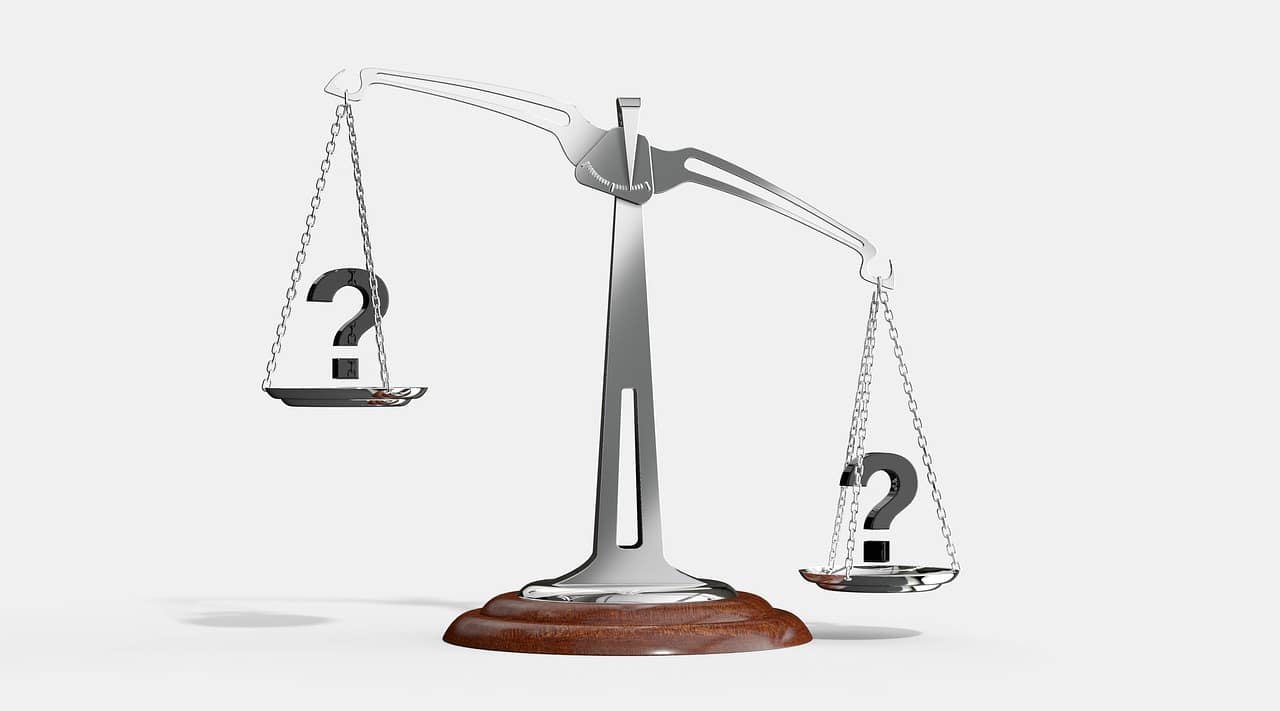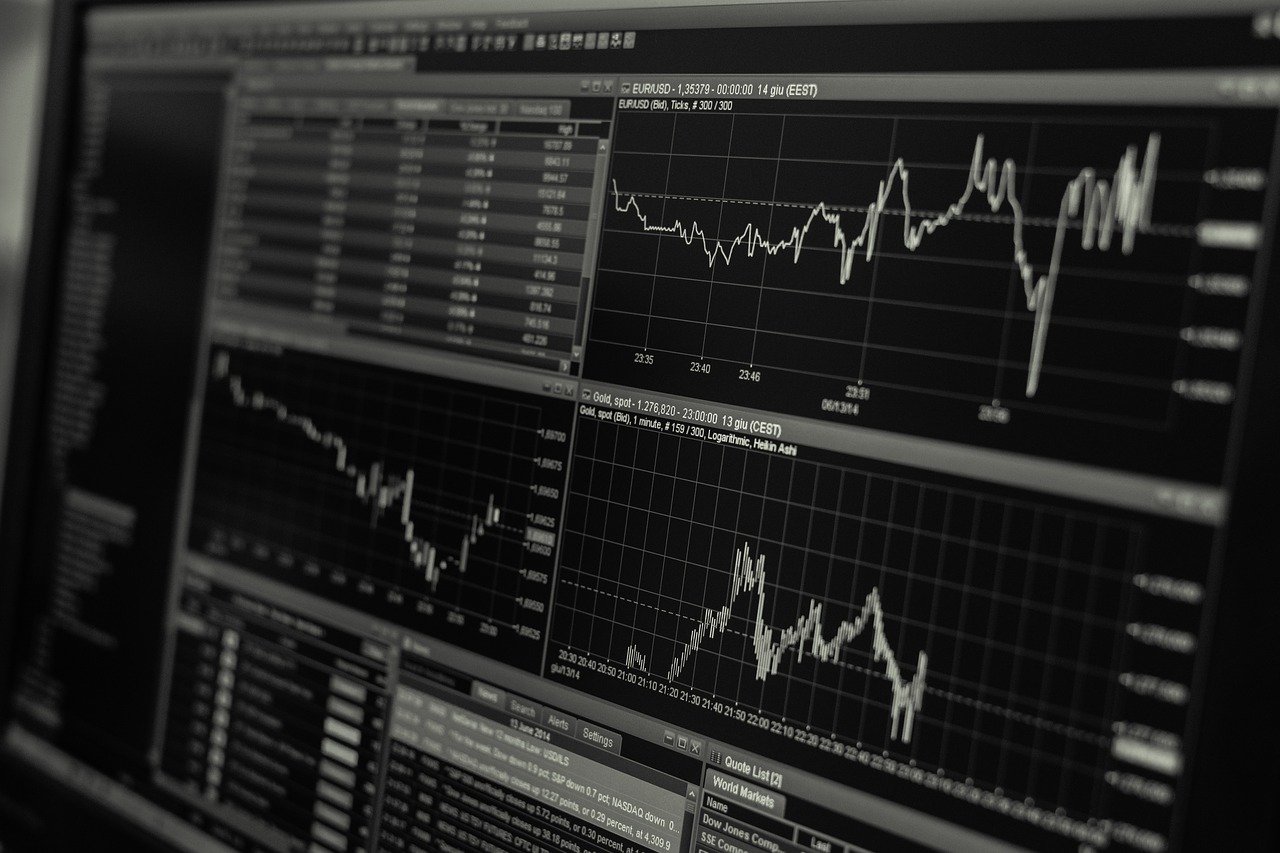
Ratios are widely used in the financial world, especially to analyze and compare the economic situation of various companies. But there are also ratios that help us analyze funds, such as the Sharpe Ratio, which we will talk about in this article.
It is a ratio that It will help us a lot when we want to compare different investment funds. We will explain what the Sharpe Ratio is, what its formula is and how to interpret the result. I hope you find it useful and interesting.
What is the Sharpe Ratio?

As you well know, Ratios are indicators of the economic situation of a company. Thanks to them we can carry out exhaustive analyzes on companies by establishing a relationship between various financial units. The result obtained through their calculations is the financial situation or the economic balance of the company in question, as long as we correctly interpret the result.
By comparing various ratios over a given period of time, we can find out more about the management of the company, whether it has been adequate or not. In this way it will be easier for us to adapt to possible future changes and respond to them with effective solutions.
As for the Sharpe Ratio, it was developed by the American economist William Sharpe, who has been awarded the Nobel Prize. The objective of this ratio is to numerically measure the relationship between the profitability and the historical volatility of a Investment fund. To do this, we simply have to divide the profitability of the fund that interests us, subtracting the interest rate without risk, between the standard deviation or volatility of that profitability during the same period of time. The formula would be this:
Sharpe Ratio = Fund return – risk-free interest rate (three-month bills) / Historical volatility (standard deviation of return)
How is the Sharpe ratio interpreted?

Now that we know what the Sharpe Ratio is and how to calculate it, it is important that we know how to interpret the result. Well, the higher the Sharpe Ratio, the better the profitability of the fund in question. Yes indeed, in relation to the amount of risk involved in the investment.
The more volatility there is, the higher the risk. This is because the probability that the fund we are calculating will have negative returns is always greater the more volatility there is in its returns. However, when volatility is high, high positive returns are also more likely.
For this reason, the Sharpe Ratio is lower and the denominator of the equation is higher when the fund has high volatility. That is: If a fund's NAV has been hovering between 80 and 120 for an entire year, its historical volatility is higher than that of a fund whose NAV has been hovering between 95 and 105 for that same year. Most investors are not only looking for funds that have reported higher returns historically, but rather look for funds that have also evolved consistently over time, without experiencing big ups and downs. To understand the Sharpe Ratio a little better, we will give an example below.
Example
Suppose there are two equity mutual funds that carry out their investments in the same market. How do we measure your Sharpe Ratio? We are going to calculate it in a period of one year, we start with the fund A:
- Yield at 1 year: 18%
- Volatility at 1 year: 15%
- 3-month bills: 5%
- Minimum of the year: -5%
- High of the year: +22%
- Sharpe ratio = (18-5) / 15 = 0,86
Instead, the percentages of background B are the following:
- Yield at 1 year: 25%
- Volatility at 1 year: 24%
- 3-month bills: 5%
- Minimum of the year: -15%
- High of the year: +32%
- Sharpe ratio = (25-5) / 24 = 0,83
Even though fund A's return is lower than fund B's, its Sharpe ratio is higher. This is because the volatility of this fund has been lower. In other words: Fund A has oscillated less than fund B, which has had more ups and downs than the first. Although in the end the profitability of fund A has been lower, it has never lost as much as fund B. At its worst, the return was -5%, while the other fund has lost up to 15%. .
I imagine that you have already realized that calculating the Sharpe Ratio of a single fund is of little use to us. It is rather a measure to buy two or more funds from each other, as we have done in this example.
While other indicators measure funds by their deviation from their reference index, known as a benchmark, the Sharpe Ratio is a great option. to measure the standard deviation or historical volatility of the return of various funds and compare them in this way. It is better to be safe!